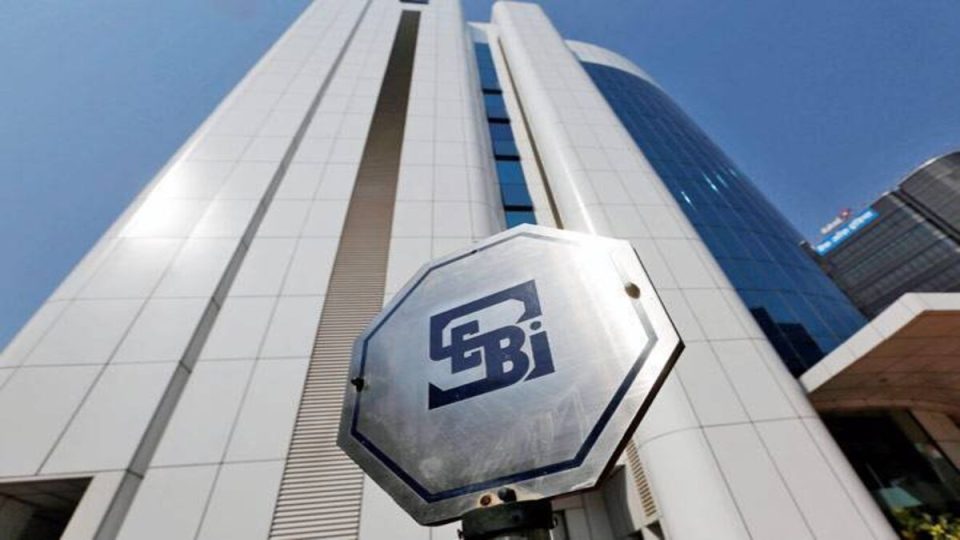Capital markets regulator SEBI has strengthened disclosure rules for credit rating agencies (CRAs) and set out a framework for rating withdrawals on perpetual debt securities.
In a notice, the Securities and Exchange Board of India (Sebi) said the move aims to allow investors and other stakeholders to use such disclosures when evaluating CRAs fairly properly.
The new framework will apply to the credit ratings of securities already listed or proposed to be listed on a stock exchange. To standardise the methodology associated with disclosing ‘sharp rating actions,’ Sebi said the CRA would have to compare two consecutive rating actions.
In addition, the CRA will have to disclose a sharp rating action if the rating change between two consecutive rating actions is greater than or equal to a three-notch downgrade. Regulators have asked credit rating agencies to develop detailed guidance on what constitutes non-cooperation by issuers, including failure to submit quarterly financial results within a specified time frame, current and past operational details on capital expenditure plans, debt obligations and repayment details. More, and any other questions the credit rating agency deems appropriate based on its internal assessment.
The CRA needs to develop a detailed policy for assessing the risks of information provided by issuers, including non-cooperative issuers, and the steps to be taken to determine the status of the issuer’s firm’s non-cooperation in various circumstances.
“The CRA should follow the consistent practice of not submitting a non-default statement (NDS) for three consecutive months (or failing to verify timely repayment through other sources) as a basis for considering the assignment of the rating to a non-cooperating issuer (INC) and should not Submissions of such ratings for three consecutive months are marked INC within seven days of the NDS,” Sebi said.
It further said that, in its judgment, the CRA might migrate the rating to the INC category before the expiration of three consecutive months of not receiving an NDS. When withdrawing any credit rating on securities listed or planned to be listed on an exchange, the CRA must also assign a credit rating to such securities in its press release unless the CRA-rated securities have no outstanding debt or the rated company is liquidated or merged with another company.
Sebi has revised the rules to facilitate the delisting or the proposed issue of perpetual bond ratings. If a rating agency has rated the security for five consecutive years, the CRA may withdraw the rating of the security; or receive a commitment from the issuer and other credit rating agencies that such securities may be rated. According to the current rating revocation regulations, it can be seen that for the rating of perpetual bonds such as AT-I bonds, the credit rating cannot be revoked unless the securities are redeemed. Often, this causes issuers of such bonds to stop working with the CRA.
To improve the transparency and availability of the CRA’s disclosures on its website, Sebi said these disclosures should be in Excel or machine-readable format, and the CRA should keep disclosure documents on its website for at least ten years. This also includes press releases issued by rating agencies. In addition, the CRA will have to separately disclose two other cumulative default rates (CDRs) limited to securities credit ratings.
Frameworks related to substantial rating actions will apply from the first half of the fiscal year 2022-23, frameworks related to issuers not cooperating before March 31 2023, and enhanced disclosures will apply after March 31 2023. The disclosures and cancellations of ratings apply to ratings cancelled after September 30.



